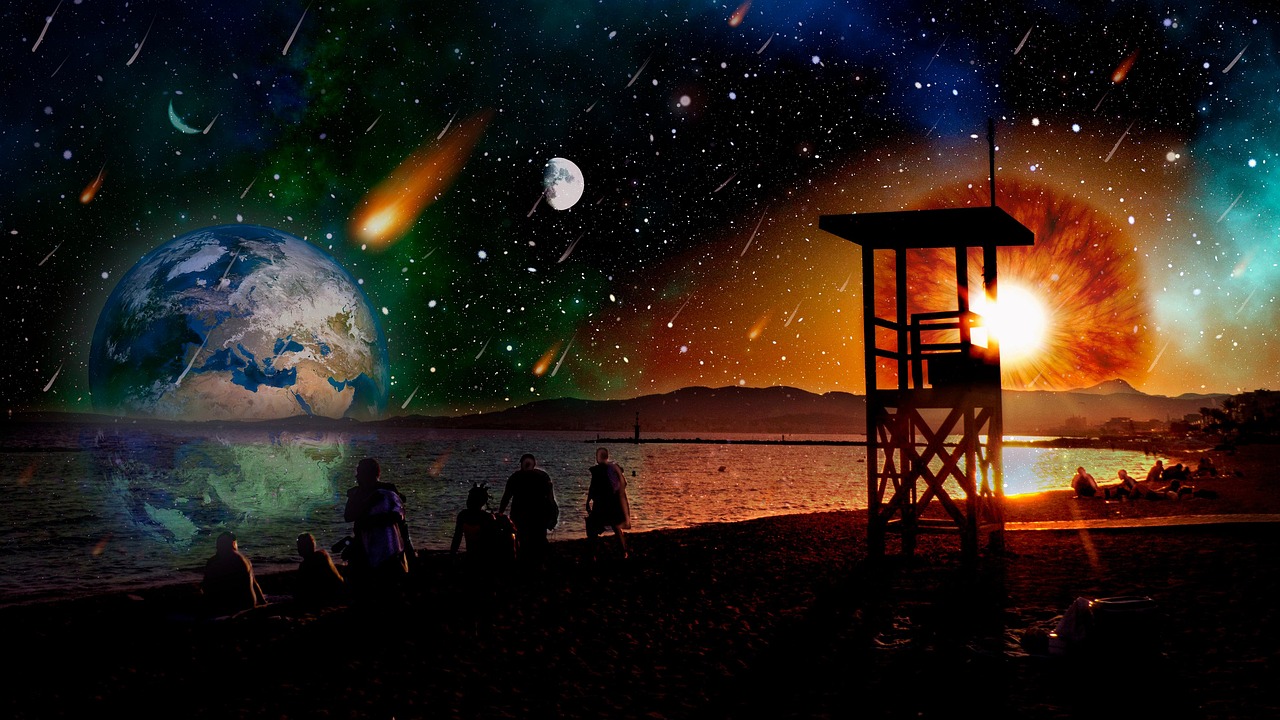Stargazers are in for a treat this week as the night sky turns into a stage for two rare celestial events — a bright supermoon coinciding with a meteor shower.
While each event alone is already a highlight for astronomy fans, the combination of both is unusual and makes the coming nights particularly fascinating.
The first supermoon of the year
On Monday evening, the first supermoon of 2025 will rise over Germany.
A supermoon occurs when the full moon reaches its closest point to Earth, making it appear up to 14 percent larger and 30 percent brighter than the faintest full moon of the year, according to NASA.
No telescope or special equipment is needed — clear skies are enough to witness the event in all its brilliance.
Meteor shower joins the show
At the same time, the Draconid meteor shower — remnants of the comet 21P/Giacobini-Zinner — will send countless shooting stars streaking across the sky between October 6 and 10.
Astronomers note that 2025 could bring a stronger outburst of the Draconids, as several models predict higher meteor activity this year.
Best viewing tips
Unlike most meteor showers that peak after midnight, the Draconids are best viewed in the early evening and first half of the night.
Observers should look north to northeast, toward the constellation Draco (the Dragon).
For the best experience, find a dark area far from city lights — the less light pollution, the more meteors you’ll catch.
Supermoon may outshine the meteors
Two sky events in one night sound perfect — yet the bright moonlight will likely wash out many of the fainter shooting stars.
Still, experts say it’s worth looking up: even if only a few bright meteors break through the glow, the sight of a golden-white supermoon rising over autumn skies is a spectacle in itself.









